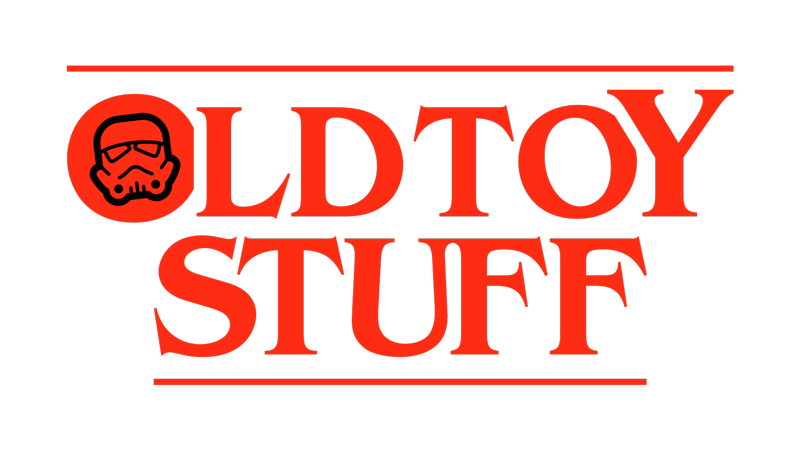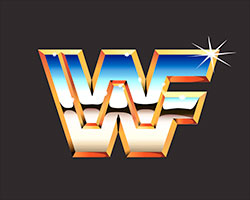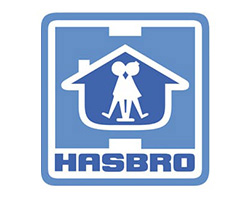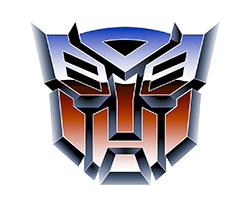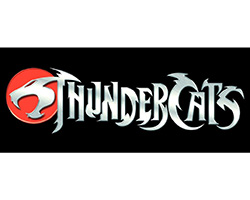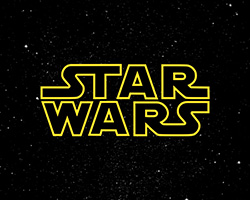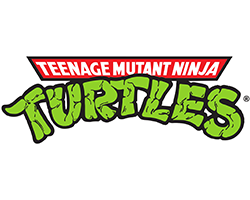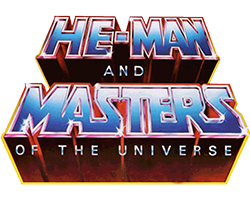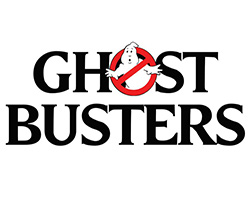We buy Retro Games Consoles
The history of video game consoles spans several decades, with each generation bringing advancements in technology, graphics, and gameplay. Here's a brief overview of the major milestones and console generations:
- First Generation (1972-1977): The first home video game consoles were introduced during this period. The Magnavox Odyssey, released in 1972, is considered the first commercial home video game console. It featured simple games and used overlays on the TV screen to create graphics.
- Second Generation (1976-1983): This era saw the rise of cartridge-based consoles. The Fairchild Channel F (1976) and the Atari 2600 (1977) were among the popular consoles of this generation. These consoles had more advanced graphics and sound capabilities.
- Third Generation (1983-1995): This generation witnessed intense competition between Nintendo and Sega. The Nintendo Entertainment System (NES, 1983) revitalized the video game industry after the 1983 crash. Sega followed with the Sega Master System (1985) and later introduced the Sega Genesis (1988), which challenged Nintendo's dominance.
- Fourth Generation (1987-1996): The fourth generation featured the 16-bit era of gaming. The Super Nintendo Entertainment System (SNES, 1990) and the Sega Genesis (known as the Mega Drive outside North America) continued the rivalry between Nintendo and Sega. This generation also saw the release of the first CD-based consoles, such as the TurboGrafx-16 CD and the Sega CD.
- Fifth Generation (1993-2006): The fifth generation marked the transition to 3D gaming. The Sony PlayStation (1994) emerged as a major player, offering a vast library of games. Sega introduced the Sega Saturn (1994), while Nintendo released the Nintendo 64 (1996), which featured innovative games like Super Mario 64 and The Legend of Zelda: Ocarina of Time.
- Sixth Generation (1998-2013): This era saw significant advancements in graphics and processing power. The Sony PlayStation 2 (2000) became the best-selling console of all time. Microsoft entered the market with the Xbox (2001), and Nintendo introduced the GameCube (2001).
- Seventh Generation (2005-2017): High-definition gaming became mainstream during this generation. The Xbox 360 (2005), PlayStation 3 (2006), and Nintendo Wii (2006) were the main contenders. The Wii introduced motion controls and appealed to a broader audience.
- Eighth Generation (2012-2020): This generation emphasized multimedia capabilities and online connectivity. Sony released the PlayStation 4 (2013), Microsoft introduced the Xbox One (2013), and Nintendo launched the Wii U (2012) and later the hybrid console Nintendo Switch (2017).
- Ninth Generation (2020-present): The current generation of consoles began with the release of the PlayStation 5 and the Xbox Series X/S in late 2020. These consoles offer improved graphics, faster loading times, and features like ray tracing and solid-state drives.
